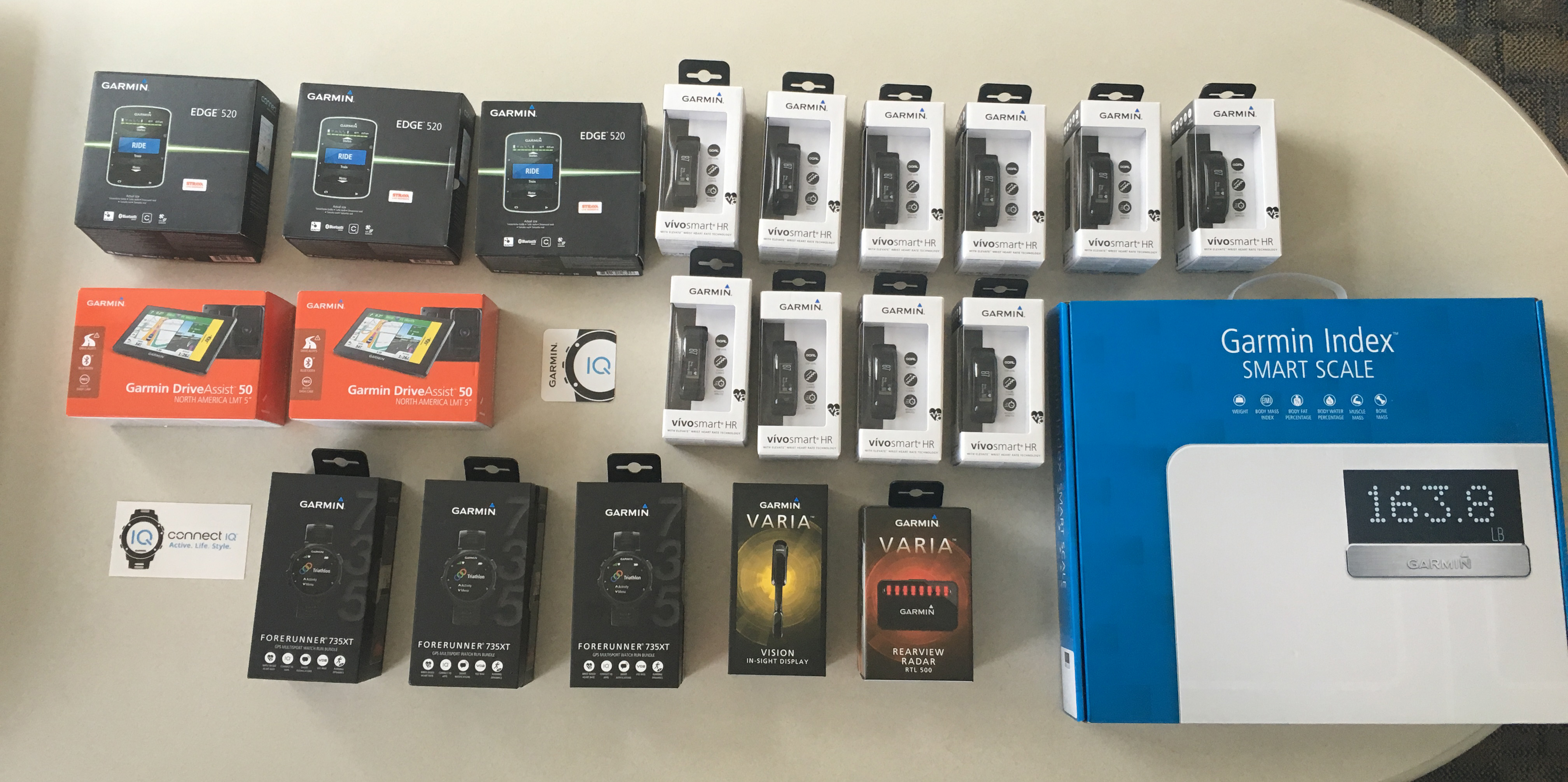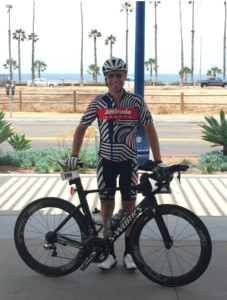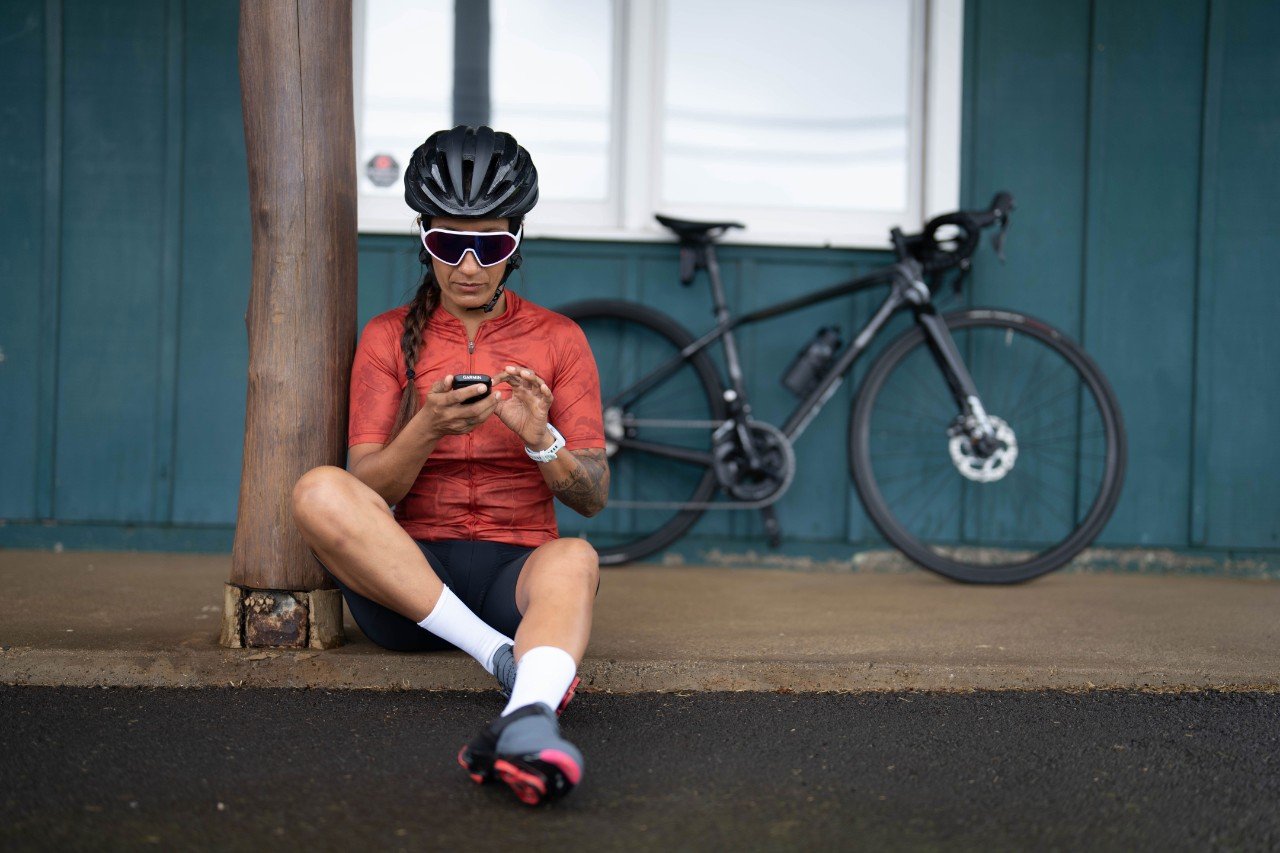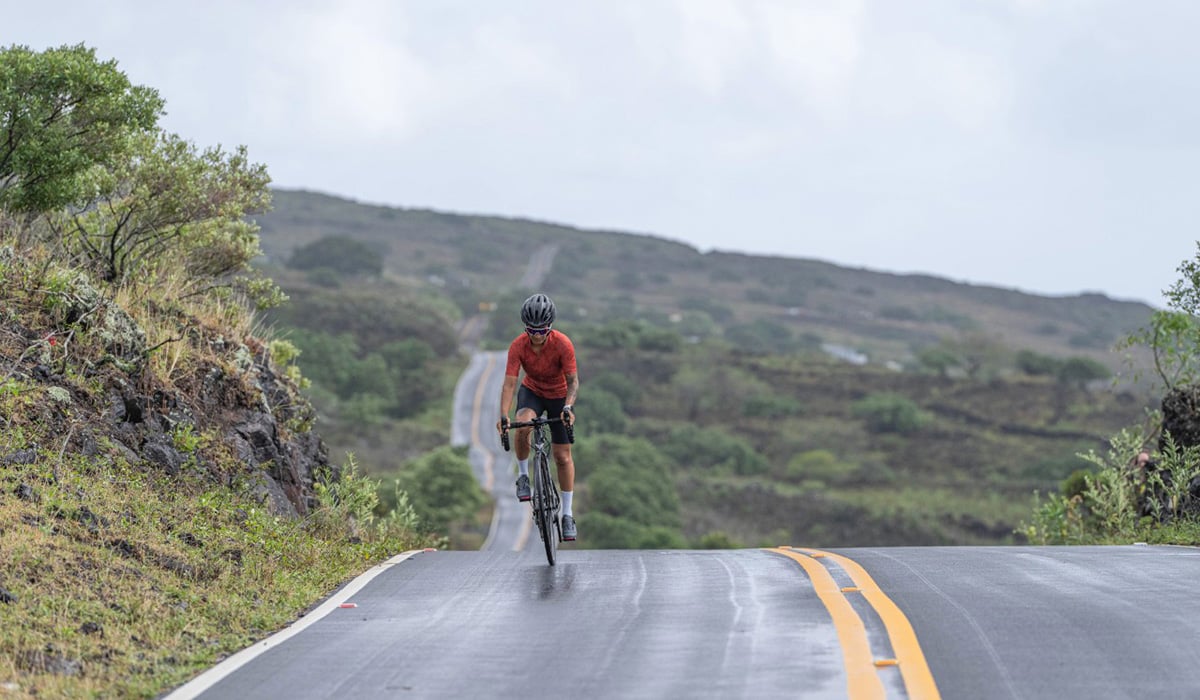
Racing Across America with IBM and Garmin
Please enjoy the guest post from Doug Barton, Director, Portfolio Marketing from IBM Analytics. Follow him on LinkedIn, Twitter,
There is a Hindu proverb that reads “true nobility is in being superior to your previous self.” And that’s the task at hand for Dave Haase. At age 48, Dave is racing in his sixth Race Across America, also known as RAAM, and he is last year’s second-place finisher. The race itself is one of the toughest endurance challenges in the world, where cyclists will often race 22 hours out of every 24, travel over 3,000 miles from the Pacific coast to the Atlantic, and climb 170,000 vertical feet while crossing four mountain ranges and three deserts. Leaders will do it in less than nine days. The race begins in Oceanside, California, and travels a prescribed route that takes racers through the Sonoran Desert, over the Rocky Mountains, through the rolling plains of Kansas, across the Midwest and finally over the Appalachian Mountains to the finish line in Annapolis, Maryland.
To put RAAM in perspective, racers in the Tour de France ride no more than 140 miles in a day. But a cyclist in RAAM might ride up to 400 miles a day! As described by John Howard, an endurance legend who was named Cyclist of the Decade in the 1970s, RAAM “makes the Tour de France look like a cup of lemonade by the swimming pool.”
The task at hand for our racer is to take that step up to champion. It’s been 16 years since an American has finished first. A noble effort will be necessary. And that’s where wearables and analytics come in.
A triumph of physiology, psychology, and technology
Dave Haase is a four-time top American finisher in RAAM, and with that comes plenty of experience. But, rather than relying on experience and intuition alone, in 2015 and again this year, he will team up with IBM Analytics and Garmin to build a “digital profile” of his capabilities. His Garmin 520 Edge captures training and recovery sessions and that profile is used to calibrate predictive models aimed at executing the perfect race.
Because the demands of RAAM are so daunting, less than half the riders who start RAAM finish. Many suffer heat exhaustion, heat stroke, dehydration or other maladies. How can such challenges be overcome? The answer lies in wearables, data, and analytics.
Real-time feedback
Temperatures often rise as high as 120°F in the Sonoran Desert, and Dave has to keep his core body temperature in a safe range. Every 12–24 hours, he swallows an activated temperature-sensing pill, which allows a radiofrequency device to continuously report his core body temperature, via the cloud, to the mobile devices of his crew in the follow vehicle. When Dave’s temperature rises to 102°F, the crew will radio Dave, giving him the choice to either ease his pace or use other methods to cool down. One of them includes a creatively employed sports bra!
By monitoring his temperature and responding appropriately, Dave will stay safe through a desert that last year claimed 60 percent of racers who were completing a shorter race at the same time. Dave’s success in the Sonoran Desert is a perfect demonstration of how sensors, networks, and software (like those enabled by the Internet of Things and the IBM Cloud) are changing our world by using wearables and data to make the difference. This year, aided by wearable technology from Garmin, new, live feedback on effort, progress, and even gear selection, and refinements to his strategy, Dave expects to do better than ever.
Model performance and adapt to conditions
During RAAM, the clock never stops—racers who sleep too long will lose. Winners ride as many as 400 miles a day and most sleep no more than two hours in every 24. Such a grueling schedule requires riders to carefully choose the best times and places to rest. Because the route is prescribed precisely, riders make only two kinds of choices: how hard to push themselves and when to rest. During RAAM, a champion must make the latter decision seven or eight times—about once in each 24-hour period.
To help Dave adapt optimally to conditions, IBM Analytics created the “Internet of Dave” that can continuously capture location, power, and other performance and biometric data. Thanks to Garmin Connect IQ, all key variables were inputs into a model of performance to determine how far Dave could ride during a given time period, taking into account his effort (power), the slope of the road and expected wind relative to racer progress (data provided by The Weather Company, an IBM Business) on a road whose direction changed continuously.
We plotted Dave’s location and the expected wind speed relative to the road at each of more than 25,000 geographic waypoints along the route, simulating a range of rest times and durations at a variety of locations.
How much can modeling help Dave’s effort? In 2015, Dave logged seven stops, totaling slightly more than 14 hours off the bike, during his eight-day, 20-hour ride. We calculate that the rest timing decisions made by Dave and his crew helped save him 12 hours of riding time for no additional expenditure of watts or calories.
Beat Yesterday
What lessons can we glean from this extreme sporting event for “being superior to your previous self”? First, build a digital profile for your current level of fitness that sets a benchmark ensuring that you build the best “engine” for the demands of racing. Next, use real-time data to provide feedback on what matters. And finally, model your outcomes and bring external data (like weather) into your decisions to be sure you make the most of your moments on the road.
Join Dave Haase, the four-time top American finisher of Race Across America and last year’s runner up on the RAAM course beginning June 14th at 1:38 pm.
Dave’s biometric data and bike performance data is here, alongside the live-tracking of the entire race: analyticsofdave.mybluemix.net
On course with Dave and Team 288 are the following Garmin tools:
- Garmin Edge 520
- Garmin Forerunner 735XT
- Garmin Varia Vision
- Garmin Index Smart Scale
- Garmin vívosmart HR (for Team 288 crew)
- Garmin DriveAssist 50 (for follow vehicles)





